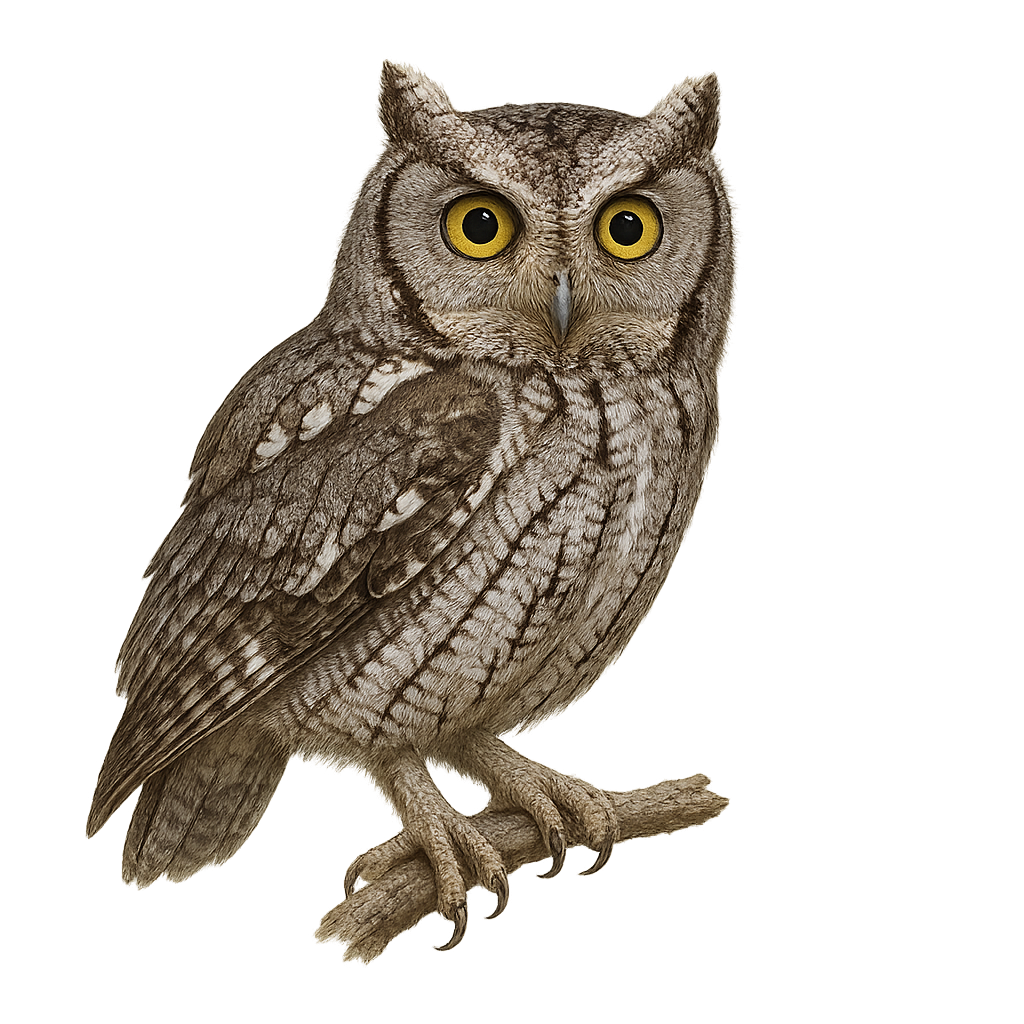Your wildlife photography guide.
Explore the western screech-owl in detail, study its behavior, prepare your shots.
Where to observe and photograph the western screech-owl in the wild
Learn where and when to spot the western screech-owl in the wild, how to identify the species based on distinctive features, and what natural environments it inhabits. The WildlifePhotographer app offers tailored photography tips that reflect the western screech-owl’s behavior, helping you capture better wildlife images. Explore the full species profile for key information including description, habitat, active periods, and approach techniques.
Western Screech-Owl
Scientific name: Megascops kennicottii

IUCN Status: Least Concern
Family: STRIGIDAE
Group: Birds
Sensitivity to human approach: Suspicious
Minimum approach distance: 10 m
Courtship display: March to April
Incubation: 26-30 jours
Hatchings: March to May
Habitat:
mixed forests, urban areas, riverbanks
Activity period :
Mainly active at night, generally discreet during the day.
Identification and description:
The Western Screech-Owl, Megascops kennicottii, is a small nocturnal raptor belonging to the Strigidae family. It is primarily found in North America, especially in the wooded regions of the western United States and Canada. This owl is distinguished by its gray-brown mottled plumage, which allows it to blend seamlessly into its surroundings. Its piercing yellow eyes and subtle ear tufts are characteristic features. Known for its melodious and repetitive call, often heard at dusk, it is an opportunistic predator feeding mainly on small mammals, insects, and occasionally small birds. Its ability to adapt to various habitats, including urban areas, makes it a relatively common bird within its range.
Recommended lens:
400mm – adjust based on distance, desired framing (portrait or habitat), and approach conditions.
Photography tips:
To photograph the Western Screech-Owl, it is advisable to use a telephoto lens of at least 400mm to capture detailed images without disturbing the bird. Patience is key, as this bird is primarily active at night. Opt for twilight hours to benefit from the best natural light. Use a tripod to stabilize your camera and avoid motion blur. If possible, learn to recognize its call to more easily locate its position. Always respect the safety distance to avoid disturbing the bird in its natural habitat.
The WildlifePhotographer App is coming soon!
Be the first to explore the best nature spots, track rutting seasons, log your observations, and observe more wildlife.
Already 1 429 wildlife lovers subscribed worldwide

